According to the Federal Reserve, 30 percent of all American adults have incurred student debt, and they typically owe between $20,000 and $25,000. Monthly payments can be hard to manage, especially when they can be as high as $200 to $300 a month. Luckily, you can improve how you manage your own debt when you refinance student loans. You can also opt for student loan consolidation. They may sound like the same thing, but these are two different student debt management strategies, each with their own set of pros and cons.
Refinancing Student Loans
When you refinance student loans, you replace them with an entirely new loan. Only private lenders can refinance student loans. When you refinance, the lender pays off your individual student loans, which means you owe them for a new loan based on your creditworthiness. Here are some of the pros and cons of this approach.
Pros
- When you refinance student loans, you can combine both private and government loans. You cannot do this when you consolidate.
- Refinancing student loans can lower your interest rate and your monthly payments. This means that you will end up paying less money on your student debt in the long term.
- Another reason to refinance student loans is to pay off your debt sooner. With a lower interest rate, you might be able to afford higher payments to clear your debt earlier.
Cons
- One disadvantage of refinancing student loans is that you miss out on certain benefits, like federal repayment plans, discounts, and rebates. This may or may not outweigh the pros of refinancing.
- While refinancing student loans can get you a lower interest rate and monthly payment, there’s no guarantee. Your payments and rate could end up being even higher than before.
- It can be very difficult to qualify for refinancing student loans. Many lenders have strict eligibility requirements, including the accreditation of the school you attended.

Consolidating Student Loans
Student loan consolidation is when the U.S. Department of Education combines all of your federal student loans into one. Typically, it works similarly to refinancing. The government pays off all of your student debt and issues you a new consolidation loan. The key difference is that it is done by the government, and not a private lender. As with refinancing, there are pros and cons to student loan consolidation.
Pros
- When you consolidate your student loans, you convert many different monthly payments into one. This makes it easier to manage your payments.
- With student loan consolidation, you have access to government benefits, like income-driven repayment plans, and loan forgiveness programs. These benefits can help decrease your debt more.
- When consolidating student loans, you can often lock in your interest rate. That way, you won’t have to worry about owing more due to interest rates going up.
Cons
- The primary drawback to student loan consolidation is the fact that private student loans do not qualify. If you have a mix of private and federal loans, consolidation is not an option that will work for all of your loans.
- Although you likely will keep the federal benefits on your loans if you consolidate, there’s a chance that you may lose some of them. Make sure you know the terms of your federal loans before opting for student loan consolidation.
- While you do get to lock in your interest rate when consolidating student loans, that interest rate could end up being higher than it was before.
Which One?
Depending on your unique financial situation, one of these options may be better for you than the other. If you have any private loans at all, refinancing is probably the best option for you. However, it could be the case that neither is the right option for you. It’s important to stay educated on credit and weigh the pros and cons. When you do that, you will be able to make the best decision for your situation.
Lift Credit provides personal loans with no credit check. If you need a personal loan, contact Lift Credit today.










